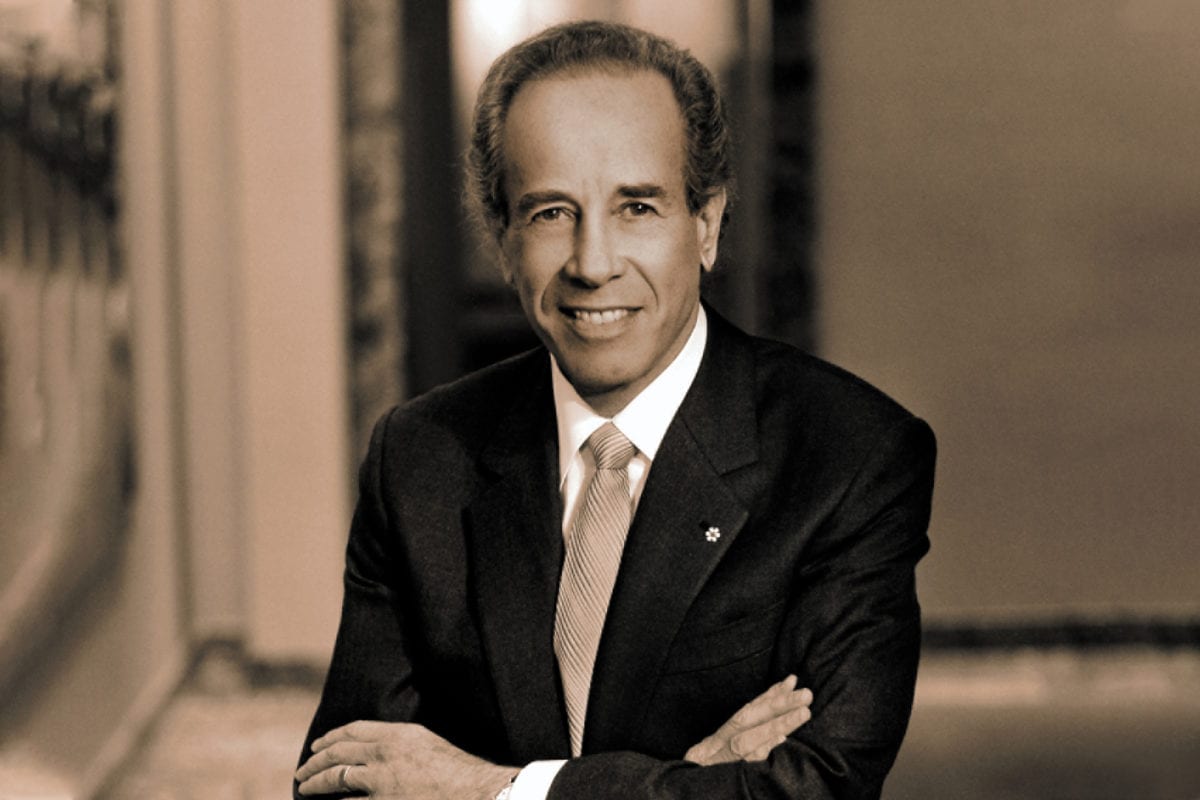You’ve been waiting for years for a brilliant business idea to come to you, but with no luck. Your creative muse seems to have gone on a permanent vacation and you’re frantic to get it back. Relax; it could be your perfectionism that’s keeping your great ideas away. Creativity has a bias towards positivity, openness, and action, so don’t worry if your idea isn’t fully-formed and airtight.
The first step is to start an idea notepad that you always keep with you. The second is to designate some time in your day to thinking. Below are some other ideas that might help you come up with some business ideas.
Exercise Your Idea Muscle
James Altucher is an American hedge fund manager, entrepreneur, and podcaster. In his article, ‘The Ultimate Guide for Becoming an Idea Machine,’ he lays out some ways to ensure that you always have good ideas. He claims that ideas, not money, are the currency of life and therefore it pays to be able to come up with good ones.
Altucher recommends coming up with 10 ideas on a topic of your choice each day. (You can also come up with 10 ideas for the broader topics you choose to have ideas on.) It could be business ideas, ideas for a book you want to write, ideas for ridiculous things you would invent, etc. It usually gets difficult around idea number six, but this is why it’s vital to push through and come up with all 10. It doesn’t matter how ridiculous you think the ideas are, the key is to just let them flow. According to Altucher, your idea muscles start to atrophy after 10 days of non-use, so you must keep this practice up.
“Invert, Always Invert” (“man muss immer umkehren”) – Carl Jacobi
Nineteenth-century German mathematician Carl Jacobi believed that the answer to many mathematical questions could be found by working backward. This idea was borrowed by Charlie Munger, Warren Buffett’s right-hand man and vice-chairman of Berkshire Hathaway. Inversion is one of many mental models that Munger uses to make difficult decisions. He has famously said, “think forwards and backwards – invert, always invert.”
“Many hard problems are best solved when they are addressed backward,” Munger said. “The way complex adaptive systems work, and the way mental constructs work is that problems frequently get easier, I’d even say usually are easier to solve, if you turn them around in reverse. In other words, if you want to help India, the question you should ask is not ‘how can I help India,’ it’s ‘what is doing the worst damage in India? What will automatically do the worst damage and how do I avoid it?’”
Mind Map
This is a well-known and useful exercise that uses the part of the brain that sees patterns and connections. Take a piece of paper and a pen. In the middle of the page, write down your central topic or challenge. Afterwards, write down related ideas, branching from the centre. Each connection should bring about more ideas. At first what you write down will be clichéd, but as you go on, your ideas will become less obvious and more interesting.
According to the Creative Confidence: Unleashing the Creative Potential Within Us All, one of the recommendations is to be “a fly on the wall in an online forum.” The book, by David M. Kelley and Tom Kelley, recommends paying particular attention to what is said on online forums, as potential customers tend to share their pain points and latent need. Another recommendation is to learn to sketch, as a drawing can be worth a thousand words. Try drawing your idea, just for practice, and don’t be afraid of your inner perfectionist. The authors also recommend creating a community chalkboard for use in your office, as this will encourage and foster innovation. Finally, try asking “why?” and “what if?” questions. For example, “why do you buy your sweaters from H&M?” or “why do you spend so much on coffee at Starbucks?” and “what if the same quality of coffee could be brewed at home?”
Look to Maslow’s Hierarchy of Needs
Maslow’s hierarchy of needs is a psychology theory proposed by Abraham Maslow in 1943. The pyramid includes basic needs like safety and shelter and higher needs like self-actualization. Think of ways to fulfill one or more needs.
Some Words About Tactics
Paul Graham, programmer, writer, investor, and co-founder of Y Combinator, says that “empirically, the way to do really big things seems to be to start with deceptively small things. Want to dominate microcomputer software? Start by writing a Basic interpreter for a machine with a few thousand users. Want to make the universal website? Start by building a site for Harvard undergrads to stalk one another.”
According to Graham, it might be a mistake to have too clear of an idea about the future. He encourages us instead to do like Columbus, and head in a general direction.
With these insights, finding an idea for your next endeavour should come a little bit easier. Good luck!
The Edge Team















